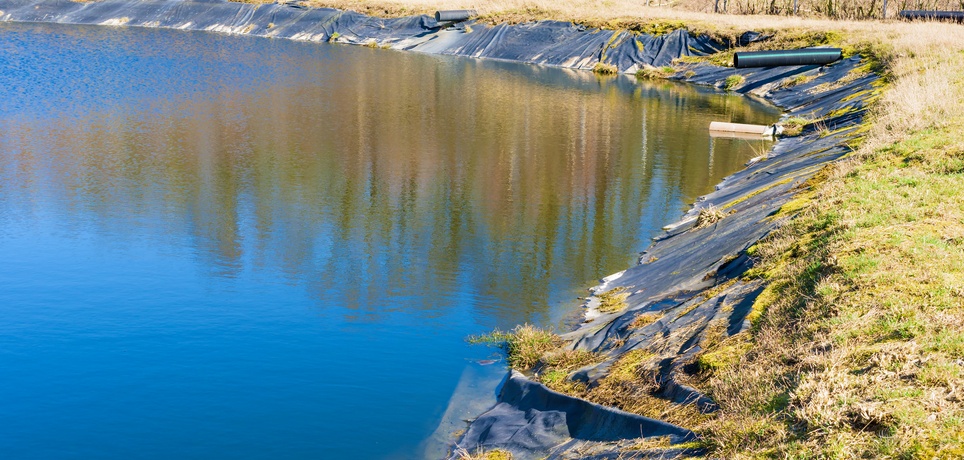Large-scale water features demand smart liner choices from the start. Contractors, facility managers, and municipal planners all face different environmental and structural challenges, and each project requires a liner that performs well under pressure. A poorly matched material leads to costly repairs, lost water, or premature failure.
Success depends on understanding how liner types vary in weight, flexibility, and durability. Knowing how real-world conditions affect a liner’s features will help you match the right solution to your project.
Reinforced Flexible Liners for Large-Scale Installations
Contractors often rely on reinforced flexible liners to manage difficult terrain and fluctuating water levels. High-tensile layers give these materials the strength to handle shifting subgrades and pressure from sediment buildup. Reinforcement affects both installation effort and long-term resistance to damage.
Some reinforced liners offer superior puncture protection, but a con of this type of pond liner is that they are heavier. Their additional weight can slow down crews working on tight schedules. Flexibility varies depending on material formulation, so not every reinforced option adapts well to sharply angled pond walls. A thorough review of project site conditions allows for smarter selection and fewer issues during placement.
Prefabricated Liners and Site-Specific Customization
Large prefabricated panels reduce downtime and improve seam consistency across irregular pond shapes. On-site welding adds complexity, especially on remote builds or uneven slopes, so pre-sized sheets make a noticeable difference in labor costs. Prefabrication simplifies field deployment but requires exact site measurements up front.
Improperly sized panels lead to job delays, added freight costs, or emergency patching that weakens performance. Liner crews benefit from clear trench dimensions and material recommendations before the first truck unloads. When planning large commercial water containment, prefabrication gives your team better control over both timeline and budget.
Geomembranes for Long-Term Containment Projects
Many public-facing or long-service installations use geomembranes to reduce replacement cycles and maintenance risks. Project planners choose these liners when a single failure could disrupt operations or violate environmental regulations. Thicker formulations often provide added UV protection, but performance depends just as much on installation quality and soil compatibility.
At Western Environmental Liner, we provide durable geomembrane liners that secure large ponds in agricultural, municipal, and industrial systems. Our liners combine flexibility with long-term stability, making them a strong fit for high-demand containment environments. Clients count on us to deliver panels cut to spec and engineered for each project’s real-world challenges. When containment matters, geomembranes offer peace of mind and measurable performance.
Comparing Material Performance Under Real-World Conditions
Field stress varies widely between pond types, so direct material comparisons require context. Water districts often deal with freeze-thaw expansion, while golf course reservoirs face UV exposure and floating debris. Flexible liners absorb some stress, but poor fit or chemical incompatibility shortens lifespan, no matter the gauge.
Installation crew feedback often reveals which materials handle well during placement and which ones stretch or tear. Experienced project managers track liner failures over time to adjust specs on future builds. Comparing actual site performance builds confidence in material selection before construction starts.
At Western Environmental Liner, we help clients make informed choices from day one. Each type of pond liner has pros and cons that shift based on project priorities and environmental demands. Matching liner attributes to real conditions saves time and protects your investment.


